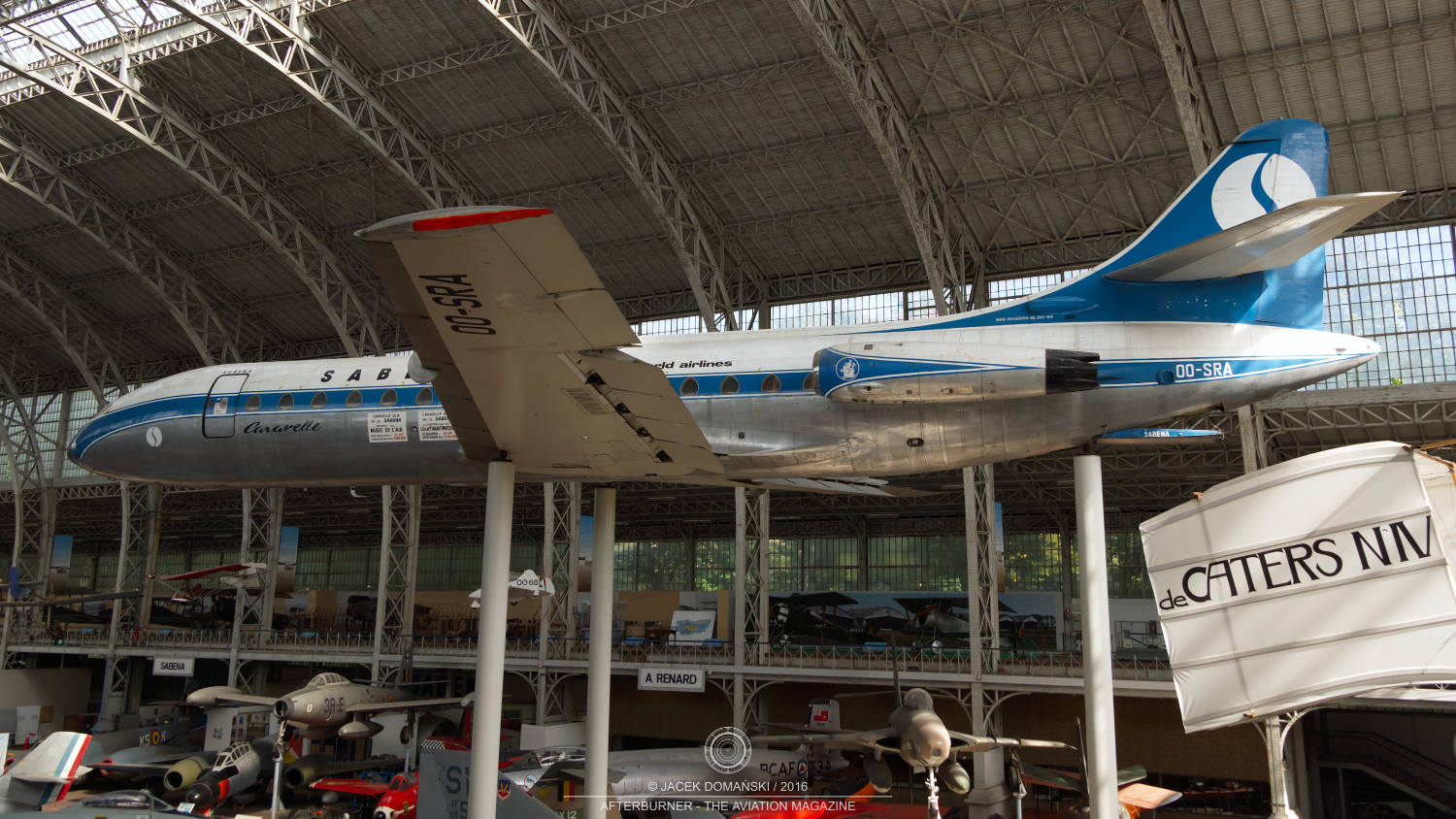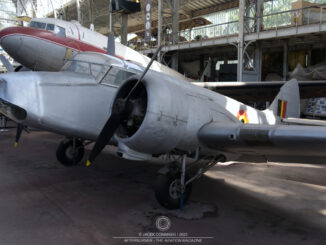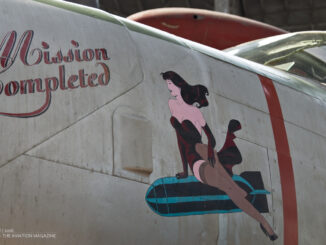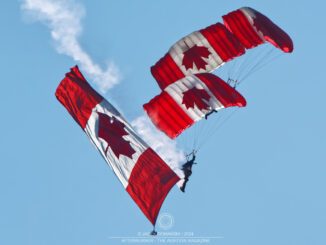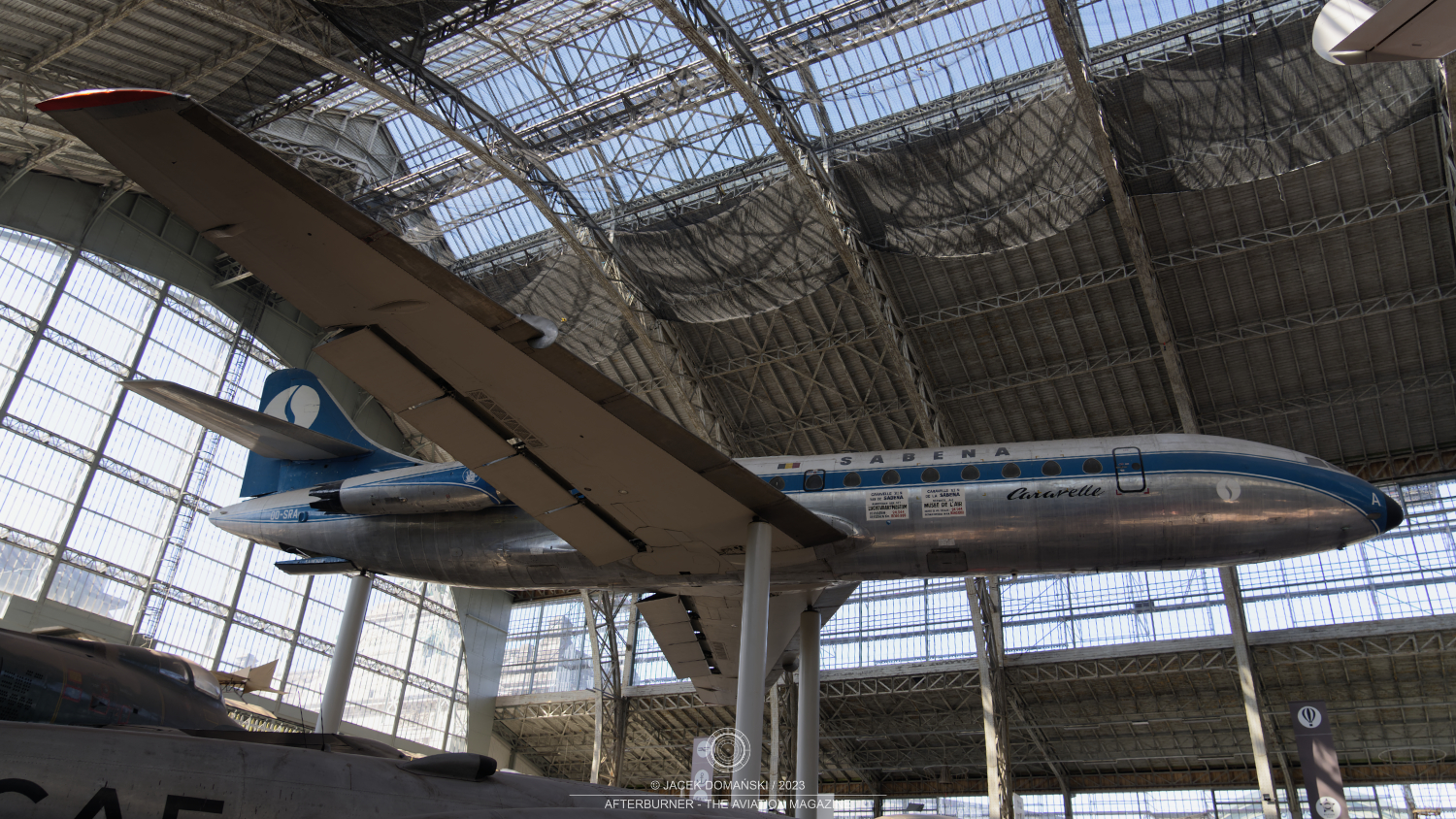 On 23rd May 1923, Societé anonyme belge d’Exploitation de la Navigation aérienne (Belgian Corporation for the Exploitation of Aerial Navigation) aviation carrier was established. The company, commonly known as SABENA (or Sabena), was the Belgian national airline until its bankruptcy in 2001.
On 23rd May 1923, Societé anonyme belge d’Exploitation de la Navigation aérienne (Belgian Corporation for the Exploitation of Aerial Navigation) aviation carrier was established. The company, commonly known as SABENA (or Sabena), was the Belgian national airline until its bankruptcy in 2001.
The airline was founded by the Belgian government and became the successor of Syndicat national pour l’étude des transports aériens – SNETA (National Syndicate for the Study of Aerial Transports), the country´s first commercial airline that existed between 1919 and 1922.
On 1st July 1923, SABENA commenced its operations, with a flight from Brussels to London. Within a few years, connections to airfields in Germany, the Netherlands, France and Switzerland were added.
At the beginning of 1925, the company´s pilot performed pioneering flight on the long-haul route from Brussels to Léopoldville in the then Belgian Congo (now Kinshasa in the Democratic Republic of the Congo). Since then, SABENA was slowly building its net of African connections, finalised in 1935 with establishment of Ligne aérienne Belgique-Congo – LBC (Belgium-Congo airline).
Until the outbreak of the World War II, the SABENA net in Europe covered approximately 6,000 km. In the 1930s, new destinations such as Denmark, Sweden and Germany were added to the offer. At that time, the company was operating Fokker F-VII/3m, Savoia-Marchetti SM.73 and SM.83, as well as Junkers Ju 52/3m.
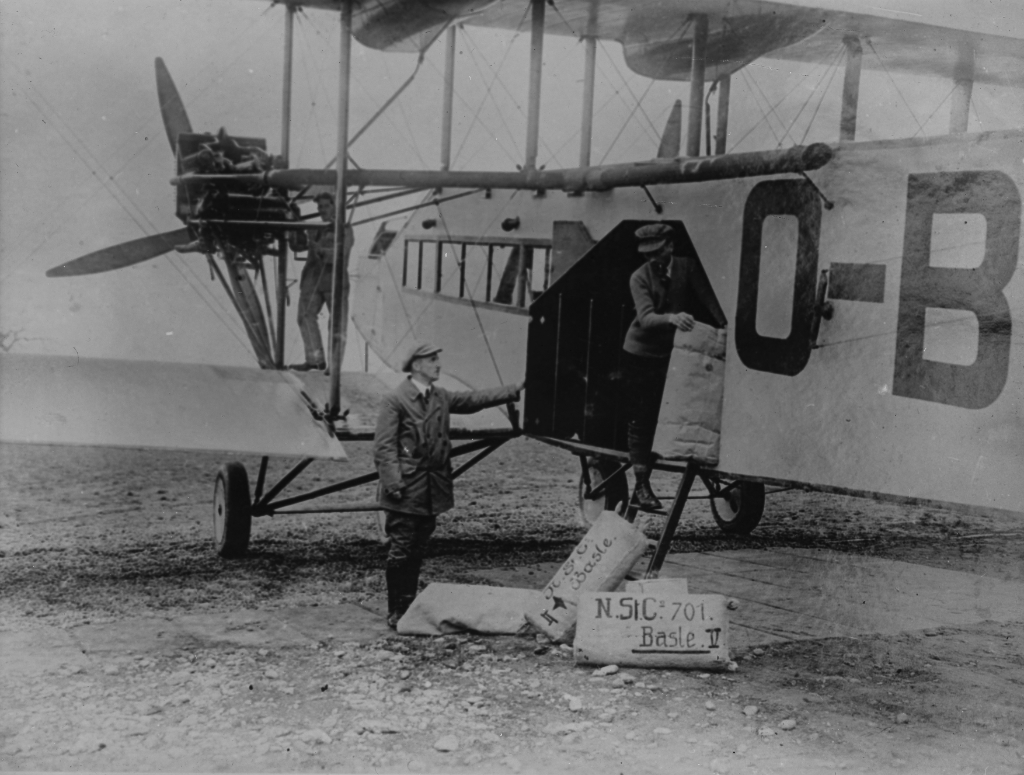
During the war, the European connections were suspended. However, the company was still active on the African routes. Only in 1946, the Belgian carrier resumed its service in Europe and then adopted the new official name SABENA – Belgian World Airlines.
In 1946, SABENA opened its first transatlantic route to New York City. The company´s post-war fleet included Douglas DC-3, DC-4 and DC-6B, as well as Convair 240 and 440. The first jet airliner was introduced by SABENA in 1960 – it was a Boeing 707 assigned to the transatlantic route. Thereby, the Belgian company became the second airline in Europe (and the first from the European mainland) to operate the jet passenger aircraft across the Atlantic, after the BOAC company.
The 1960s marked the end of SABENA´s African network, as Congo became an independent country and established its own national airline, Air Congo. Nevertheless, the Belgian carrier still owned 30 percent of shares in the new company.
In 1971, SABENA introduced its first Boeing 747 long-haul jet. Two years later, the company fleet was enlarged with McDonnel Douglas DC-10. A decade later, the first Airbus A310 was acquired by the Belgian carrier.
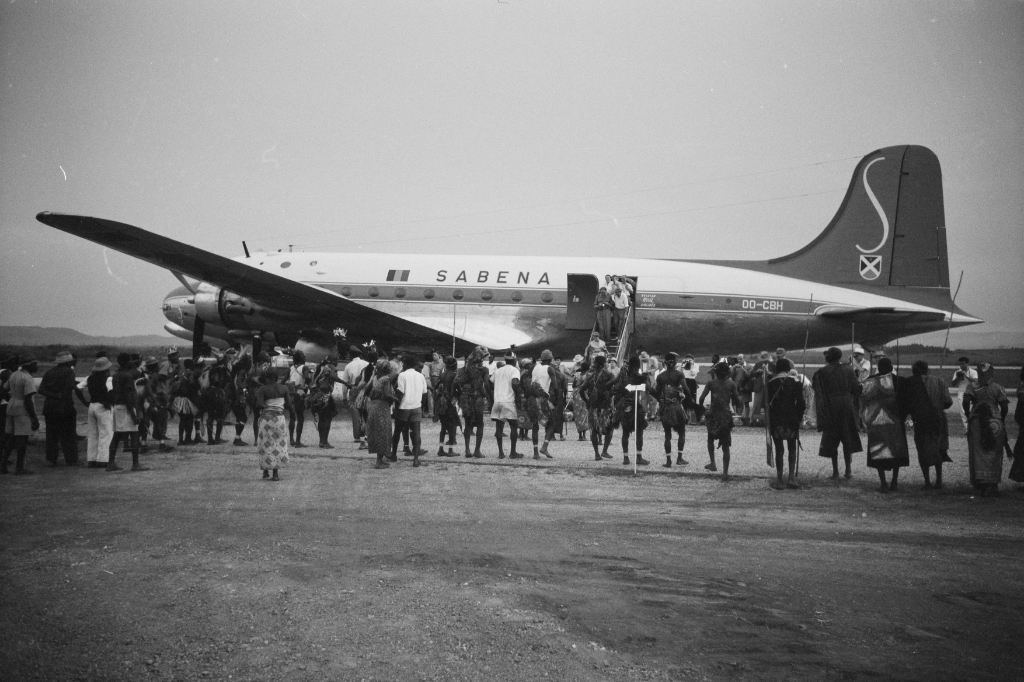
At the beginning of the 1990s, the company was rebranded for Sabena World Airlines and implementation of new logo, corporate colours and uniforms followed.
However, shifts in the aviation travels market and the Gulf War crisis negatively impacted the Belgian carrier. The country´s government decided to withhold any further financial support for the airline and restructuration process was opened.
Regrettably, none of the initial restructuration attempts achieved any significant success. In 1995, SABENA was practically taken over by Swissair but managed to survive only a few years.
The second crisis on the airline market, caused by the September 11 attacks in 2001, forced the Swiss company to hold off all the planned investment in SABENA. On 6th November 2001, the Belgian carrier officially went into liquidation process. The next day, SABENA performed its final commercial flight, with Airbus A340 flying from Abidjan to Brussels.
